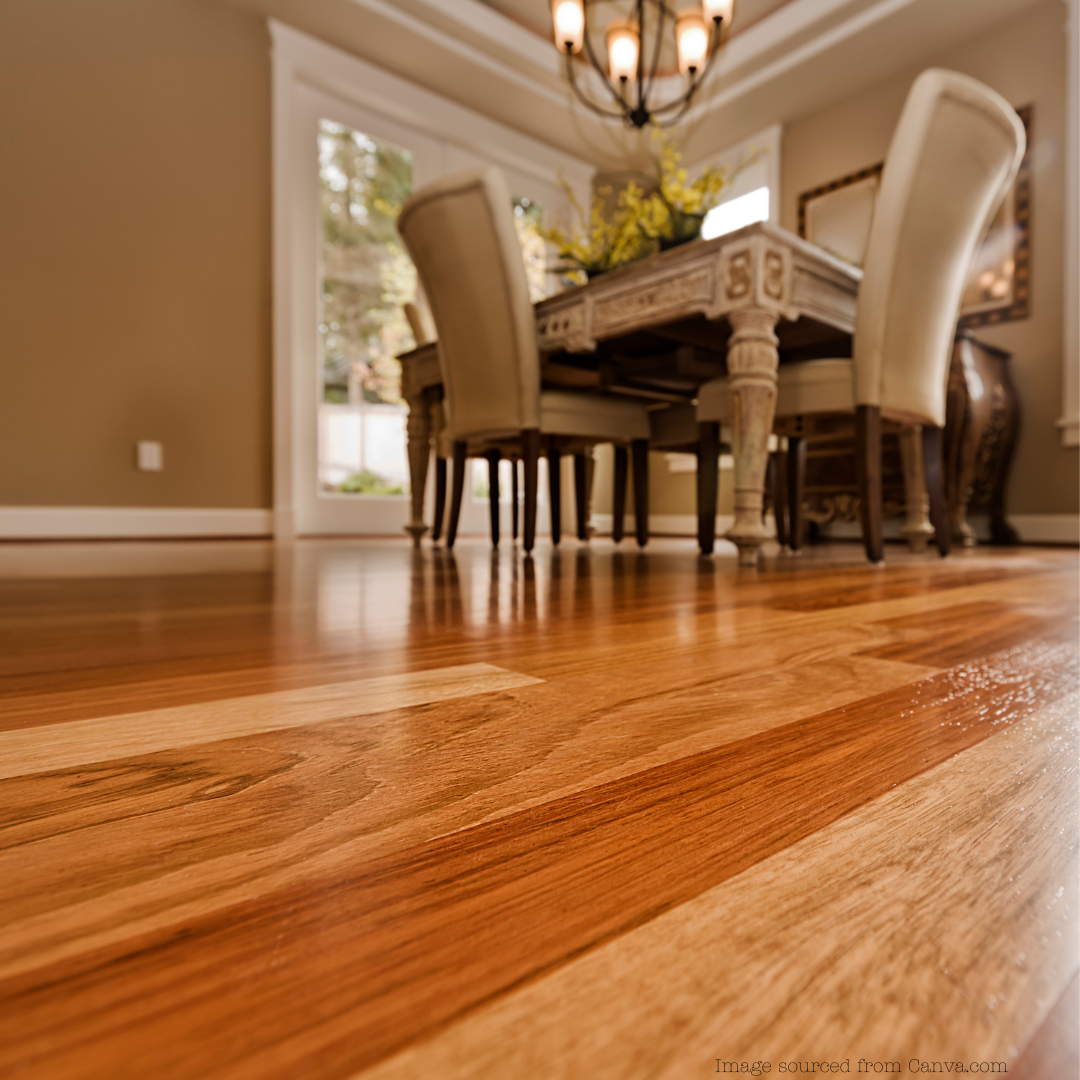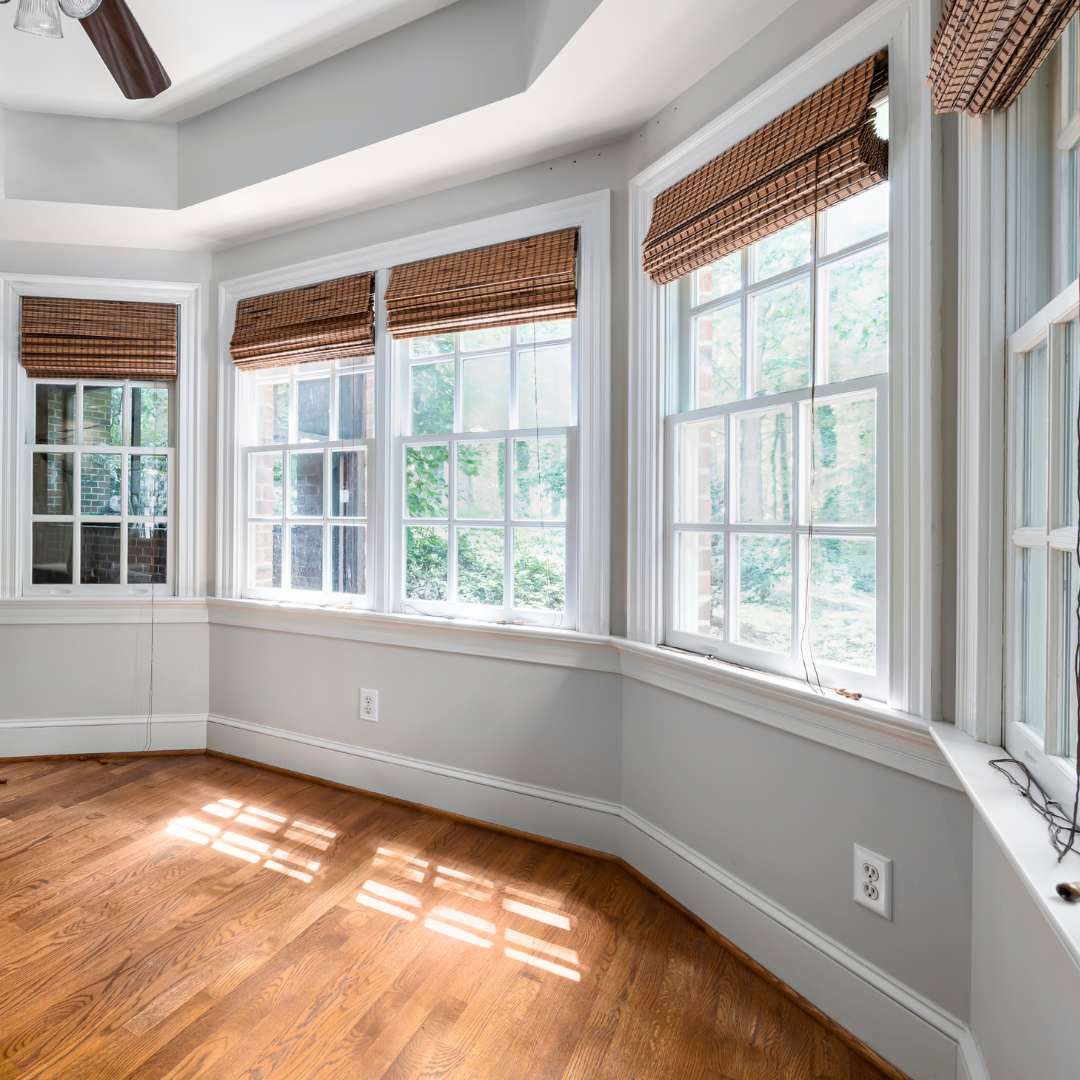Hardwood is a precious flooring and should be treated as such, especially in the summer months.


Whether you're off to waterfalls or beaches this summer, remember to shake off the sand and dirt!
While this may seem obvious, sand and dirt can easily get stuck in the nooks and crannies of your floors. This can create a perfect environment for dirt buildup, leading to bacteria growth and other unpleasant things.
Sand is abrasive, so any particles brought in from outside can gradually scratch and damage your hardwood floors. While it might not happen immediately, it's a good practice to regularly shake out your shoes to prevent potential problems from your outdoor escapades.

Sunlight can be a lovely summer feature, but it may not be the best for your hardwood floors.
Prolonged exposure to sunlight can cause sun damage to hardwood floors, leading to darkening or fading based on the type of wood.
Tropical woods like Brazilian Cherry and tigerwood tend to darken quickly, while domestic woods like maple and red oak are more prone to bleaching or fading over time.
To prevent sun damage, consider the following:
- Window films: Apply a film to deflect UV rays away from your hardwood floors.
- Curtains: If window films are not an option, keeping curtains closed during sunny hours can be beneficial.
- Area rugs: Cover sunny spots with an area rug, especially during peak sun hours.
- Furniture: Rearranging furniture during summer months can be a cost-effective way to protect your hardwood floors.

Water can pose a significant threat to your hardwood floors.
If you have a pool, think about creating a drying area. This can be useful for your children, visitors, or even your pets.
The danger of water to hardwood floors lies in its potential to cause them to warp and swell, leading to uneven surfaces and possibly encouraging mold growth.
Don't forget these tips work for the rain too!
------------------------------------------------------
As always, thank you for reading. See you next week! :)







